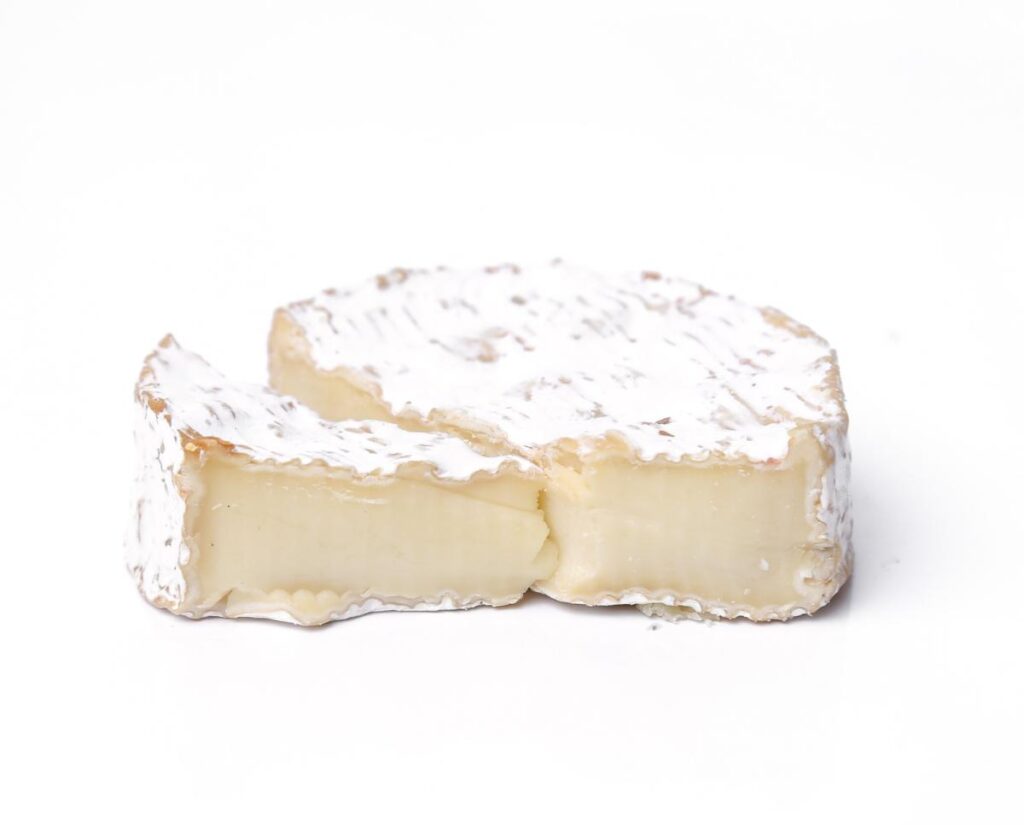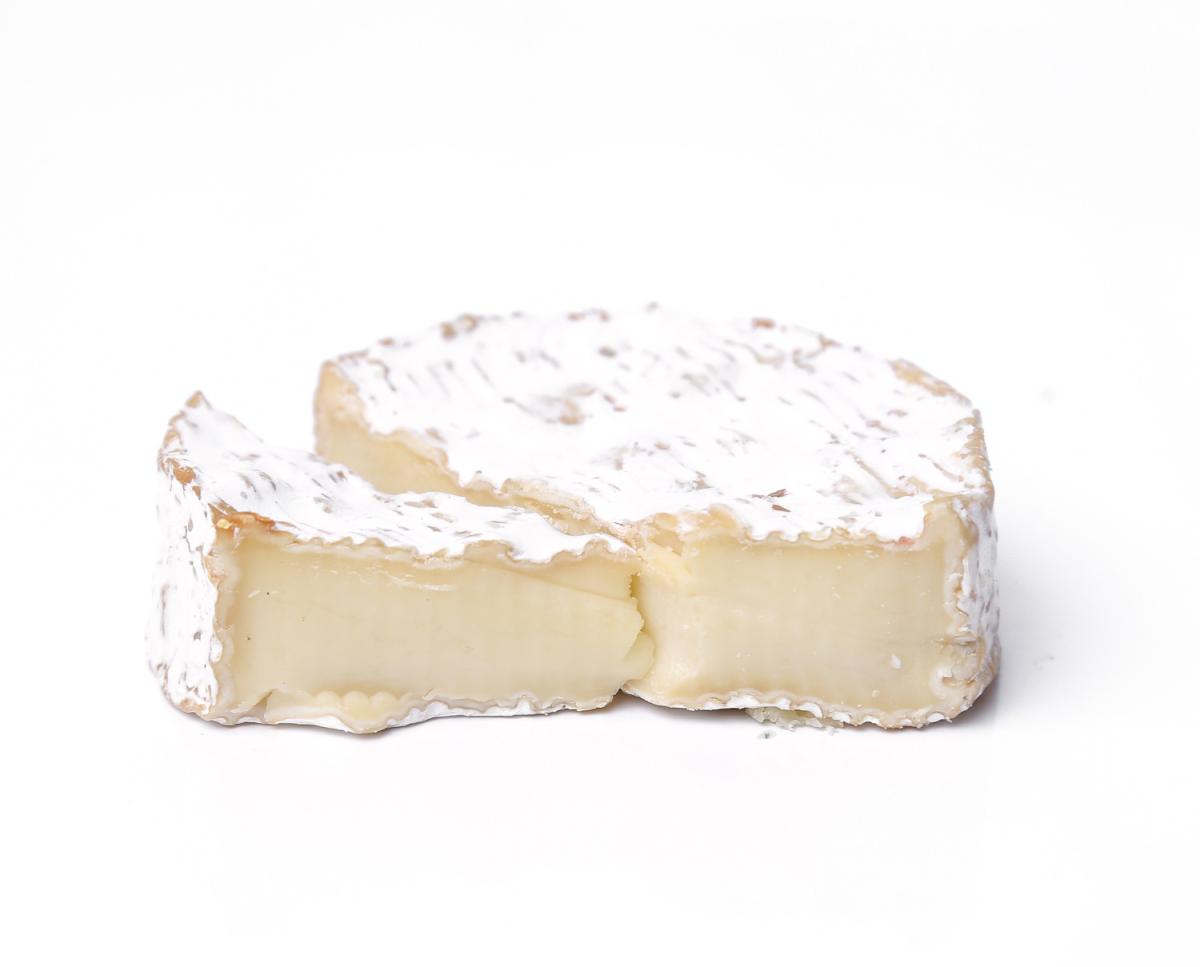When it comes to French cuisine, one cannot overlook the significance of Brie cheese.
This soft and creamy delicacy has been a staple in French households for centuries, and its popularity has spread far beyond the borders of France.
In this article, we will explore the history, production process, flavor profile, and cultural significance of Brie cheese, highlighting why it is considered a quintessential French delicacy.
The History of Brie Cheese
Brie cheese has a rich history that dates back to the 8th century in the region of Île-de-France, located just outside of Paris.
It is believed that Brie cheese was first made by the monks of the Priory of Rueil-en-Brie, who used milk from cows grazing in the fertile fields of the region.
Over time, the cheese gained popularity among the French nobility and became a symbol of wealth and luxury.
During the French Revolution, many monasteries and their associated cheese-making traditions were destroyed.
However, Brie cheese managed to survive and even thrive during this tumultuous period. The cheese was embraced by the French people as a symbol of national identity and became a staple in French households.
The Production Process
The production of Brie cheese is a meticulous process that requires skill and expertise.
It starts with fresh cow’s milk, which is heated and mixed with rennet, a natural enzyme that helps coagulate the milk. The curds are then cut into small pieces and left to rest, allowing the whey to separate.
After the whey is drained, the curds are carefully placed into molds and left to mature for several hours.
During this time, the cheese develops its characteristic bloomy rind, which is a result of the growth of white mold on the surface.
The cheese is then salted and left to age in a cool and humid environment for a minimum of four weeks.
The Flavor Profile of Brie Cheese
Brie cheese is known for its rich and creamy flavor profile.
The cheese has a soft and buttery texture, with a slightly tangy and earthy taste.
As Brie cheese ages, it becomes more complex in flavor, developing nutty and mushroom-like notes.
The flavor of Brie cheese is influenced by various factors, including the type of milk used, the region where it is produced, and the length of the aging process.
Brie made from raw milk tends to have a more pronounced and complex flavor compared to those made from pasteurized milk.
The Cultural Significance of Brie Cheese
Brie cheese holds a special place in French culture and is often associated with elegance and sophistication.
It is a common feature on cheese boards and is frequently enjoyed as a dessert or a snack.
Brie cheese is also a popular ingredient in many traditional French dishes, such as quiches, tarts, and sandwiches.
Furthermore, Brie cheese has gained international recognition and is now produced in various countries around the world.
However, true connoisseurs argue that the authentic Brie cheese can only be found in France, where the traditional production methods and regional influences contribute to its unique flavor and texture.
The Health Benefits of Brie Cheese
Brie cheese not only delights the taste buds but also offers several health benefits. It is a good source of protein, calcium, and vitamin B12.
Additionally, Brie cheese contains beneficial bacteria that can promote a healthy gut microbiome.
However, it is important to consume Brie cheese in moderation due to its high fat content.
One ounce of Brie cheese contains approximately 100 calories and 8 grams of fat. It is advisable to pair Brie cheese with fruits, nuts, or whole-grain crackers to create a balanced and nutritious snack.
The Future of Brie Cheese
As the demand for artisanal and high-quality cheeses continues to grow, the future of Brie cheese looks promising.
Artisan cheesemakers are experimenting with different flavors and aging techniques, creating unique variations of Brie cheese that cater to diverse palates.
Furthermore, the global market for Brie cheese is expanding, with an increasing number of consumers appreciating its distinct flavor and versatility.
Get the news first!
This growing demand presents an opportunity for cheesemakers to showcase the traditional craftsmanship and heritage associated with Brie cheese.
The Timeless Delicacy
Brie cheese has stood the test of time and remains a beloved delicacy in France and beyond.
Its rich history, meticulous production process, and unique flavor profile make it a quintessential French cheese.
Whether enjoyed on its own, paired with wine, or incorporated into various dishes, Brie cheese continues to captivate the taste buds of cheese enthusiasts around the world.
In conclusion, Brie cheese is not just a cheese; it is a cultural icon that represents the elegance and sophistication of French cuisine.
Its creamy texture, complex flavors, and health benefits make it a versatile and delightful addition to any cheese board or recipe.
So, the next time you indulge in a piece of Brie cheese, savor the centuries of tradition and craftsmanship that have gone into creating this timeless delicacy.

Make Cheese!
